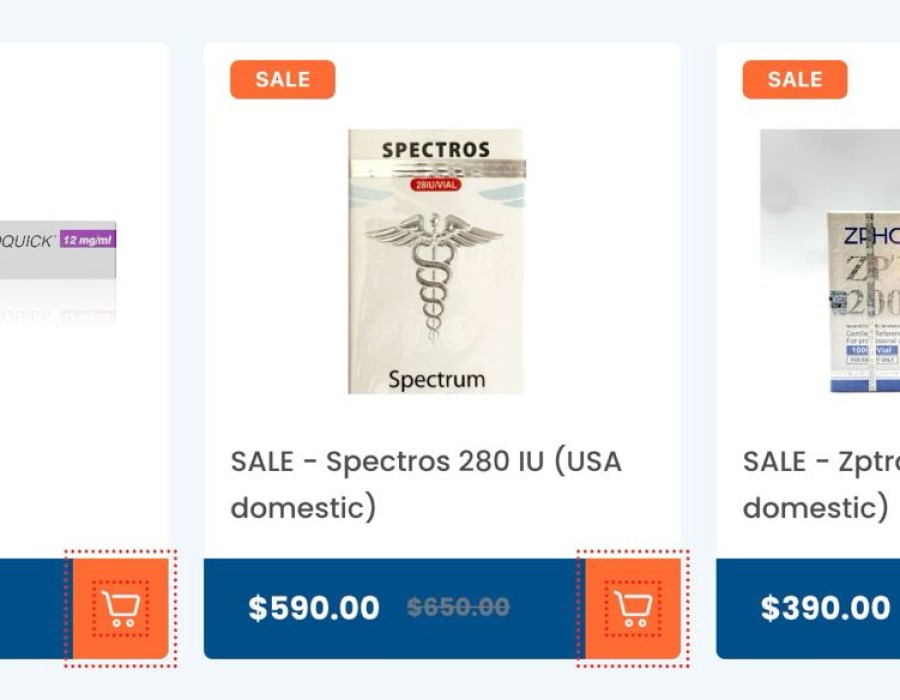Growth hormone is often thought of as something important only during childhood—a hormone that helps kids grow taller and stronger. But the truth is, growth hormone plays a crucial role well beyond those early years. For adults, maintaining the right levels of this hormone can be the difference between feeling energized or constantly tired, maintaining muscle mass or losing strength, and keeping bones healthy or risking fractures.
Let’s take a closer look at why growth hormone matters in adult health, the problems that arise when levels drop, and what options exist to manage those issues effectively.
Growth Hormone: More Than Just a Childhood Player
Growth hormone (GH) is produced by the pituitary gland, a small but powerful gland at the base of the brain. During childhood and adolescence, GH supports physical growth, helps develop muscle and bone, and regulates metabolism. Most people associate it with the growth spurts of youth, but GH remains active throughout adulthood, regulating a number of critical functions.
In adults, growth hormone helps maintain muscle mass, supports bone density, manages fat distribution, and influences energy and mood. It also plays a role in keeping cholesterol and blood sugar levels in check. When GH levels drop below the normal range—a condition called growth hormone deficiency (GHD)—it can lead to a cascade of health issues.
The Quiet Decline: Low Growth Hormone in Adults
Unlike the clear signs of growth problems in children, adults with low growth hormone often face subtler symptoms that get overlooked or mistaken for natural aging. Muscle loss, increased body fat (especially around the abdomen), weak bones, and feelings of constant fatigue can all be traced back to insufficient GH levels. These issues aren’t just frustrating—they raise the risk of serious conditions like osteoporosis and heart disease.
Many adults experience a natural decline in growth hormone production as they age, typically starting in their 30s or 40s. But for some, the drop is sharper or caused by factors such as pituitary damage, chronic illness, or certain medications. The challenge lies in recognizing when symptoms are linked to GH deficiency rather than other health problems or lifestyle factors.
How Low Growth Hormone Affects Daily Life
The effects of low growth hormone go beyond physical changes. Imagine waking up tired every day, struggling to keep your muscles strong despite regular exercise, or noticing your clothes fitting tighter around the waist. Low GH can cause these exact problems. It often comes with reduced stamina and slower recovery after physical activity.
Bone health is another concern. Growth hormone helps keep bones dense and strong by promoting the activity of bone-building cells. Without enough GH, bones can weaken over time, increasing the risk of fractures—even from minor falls. In addition, low GH can worsen cholesterol levels, contributing to clogged arteries and heart problems.
Mental well-being can also suffer. Adults with GH deficiency sometimes report mood swings, poor concentration, and a general sense of low vitality. These symptoms often go unrecognized as part of a hormonal imbalance, making diagnosis difficult.
Growth Hormone Replacement Therapy: A Practical Solution
Fortunately, growth hormone deficiency in adults is treatable. Growth hormone replacement therapy (GHRT) involves regular injections of synthetic human growth hormone (HGH) to restore levels closer to normal. This treatment aims to reduce symptoms, improve muscle and bone health, and support overall quality of life.
Not all GH treatments are the same, however. Quality and safety matter greatly when it comes to hormone therapy. Poorly sourced or improperly administered HGH can lead to unwanted side effects or ineffective results. This makes it essential to work with experienced providers who understand adult GH deficiency and can customize therapy based on individual needs.
For those interested in exploring this option, Alliedbioscience.com offers access to high-quality buy HGH online products and support designed to ensure treatment is both safe and effective. Their approach highlights the importance of using reliable, tested therapies under medical guidance.
Choosing the Right Path: What to Look For
If you suspect growth hormone deficiency, the first step is to seek professional testing. Blood tests and other evaluations can measure hormone levels and help rule out other causes for your symptoms.
Once diagnosed, look for clinics or services that provide thorough medical oversight rather than a one-size-fits-all treatment. Quality GH therapy should be tailored to your body’s needs, with regular monitoring to adjust doses and check for side effects.
Avoid providers that promise quick fixes or use low-grade products. Hormone therapy requires careful handling, and cutting corners can do more harm than good. Trusted services also educate patients on what to expect from treatment, helping them make informed decisions.
Taking Control of Your Health with Knowledge
Understanding the role of growth hormone in adult health is the first step toward better wellbeing. Low GH levels are more common than many realize, and the problems they cause often mimic normal aging, making them easy to ignore.
By recognizing the signs and seeking proper diagnosis, adults can open the door to treatment that improves energy, strength, and long-term health. Growth hormone replacement therapy, when done right, offers a way to regain balance and protect against complications like muscle loss and osteoporosis.
Ultimately, staying informed and working with qualified professionals is the best way to ensure that hormone health supports a fuller, more active life—well past childhood and into your prime years.






Comments